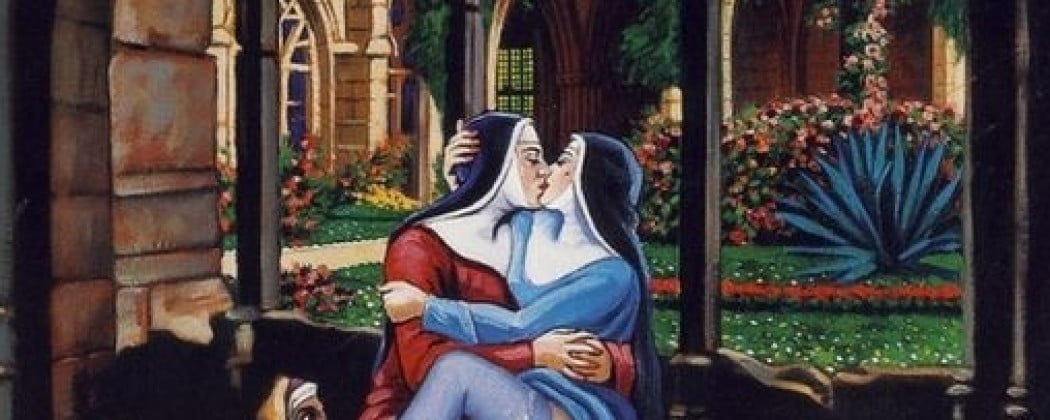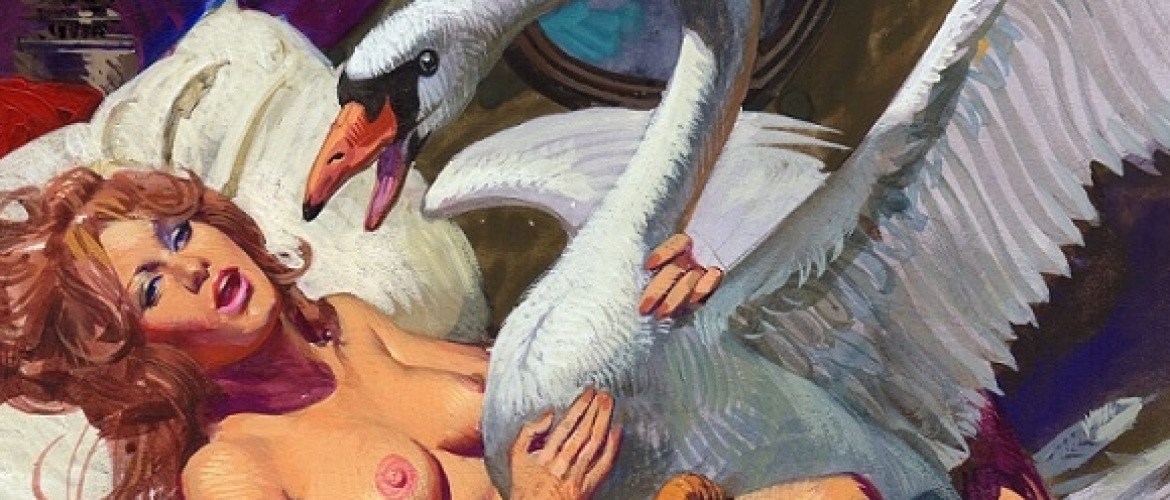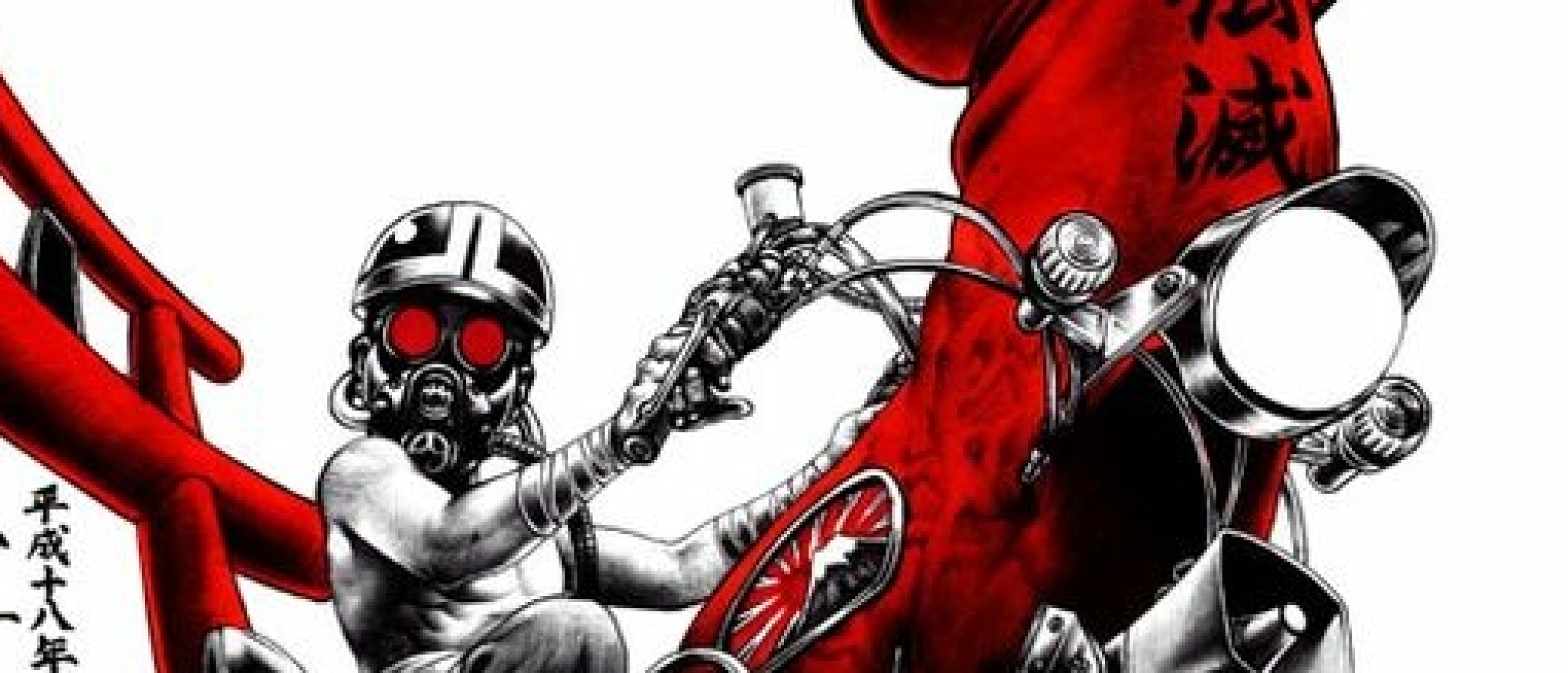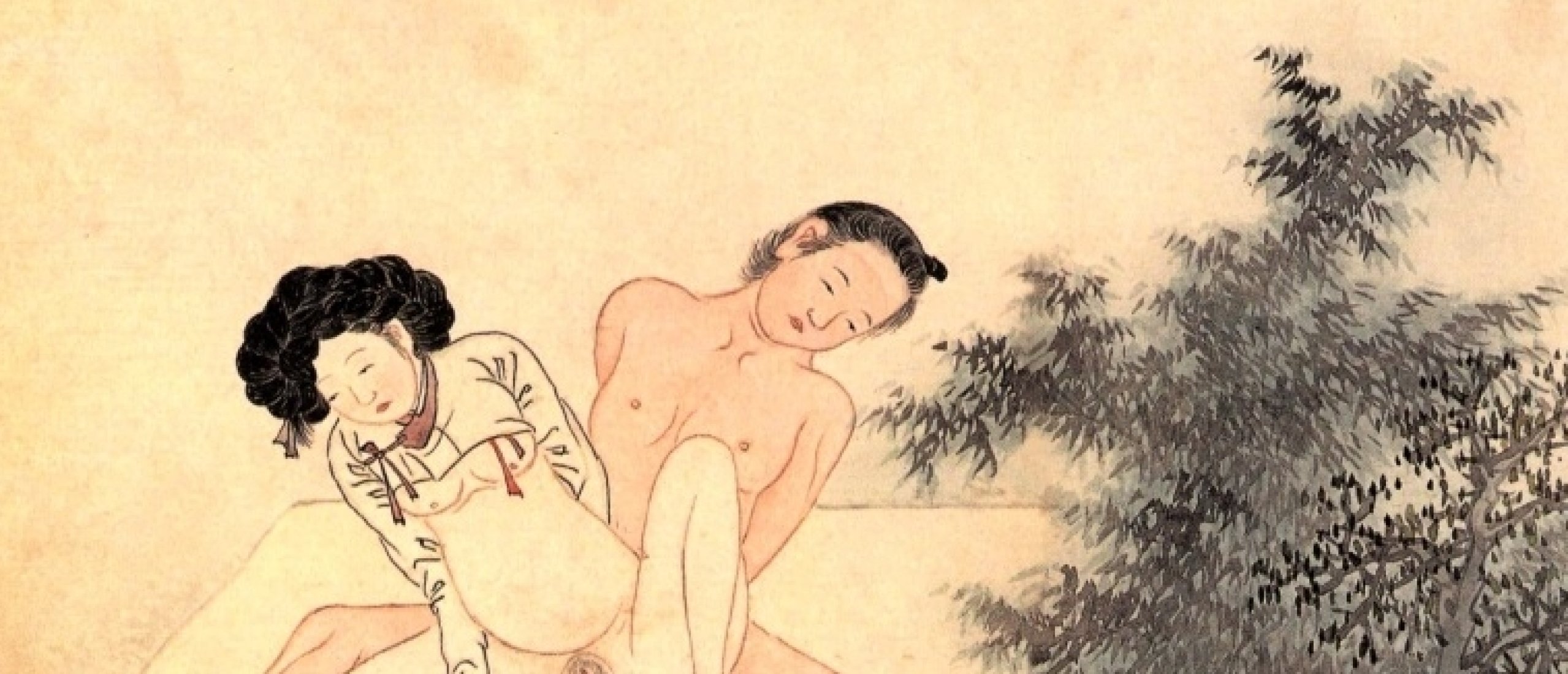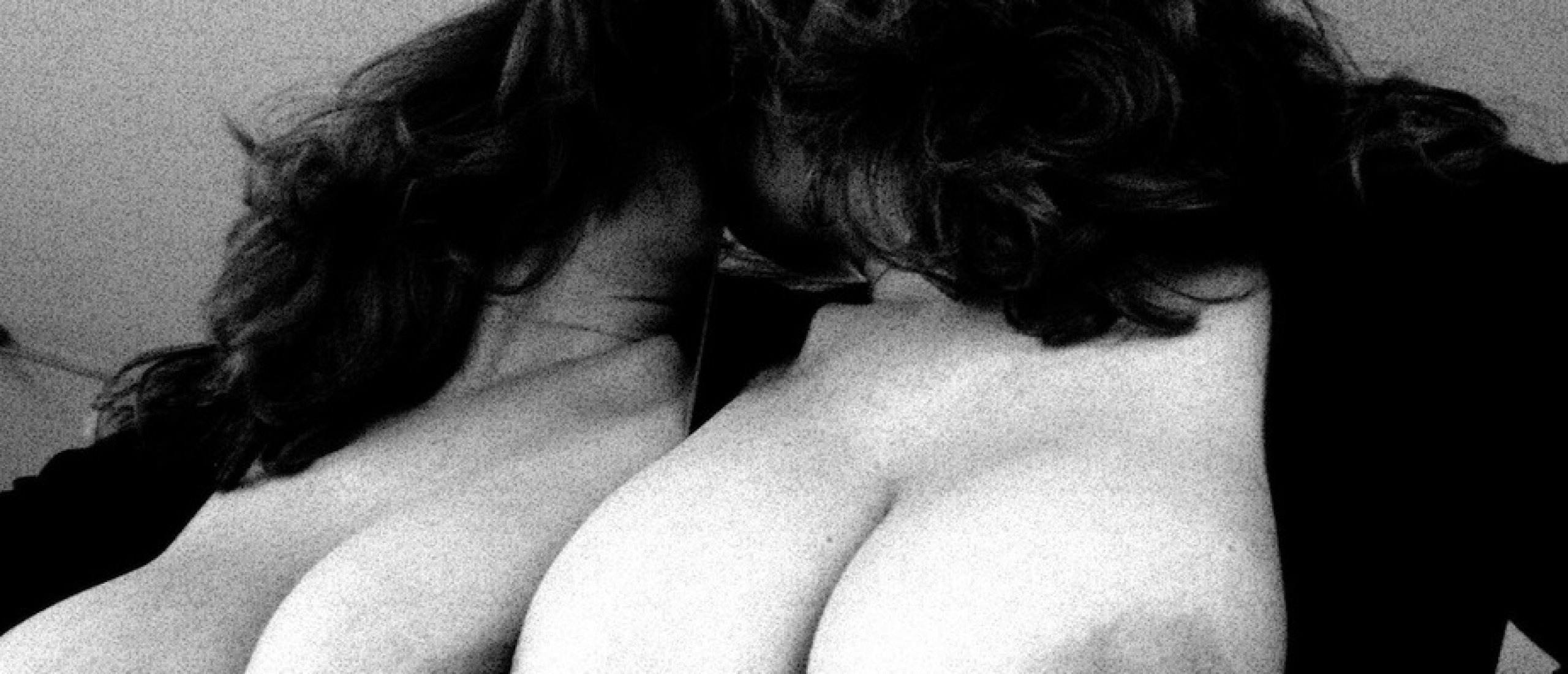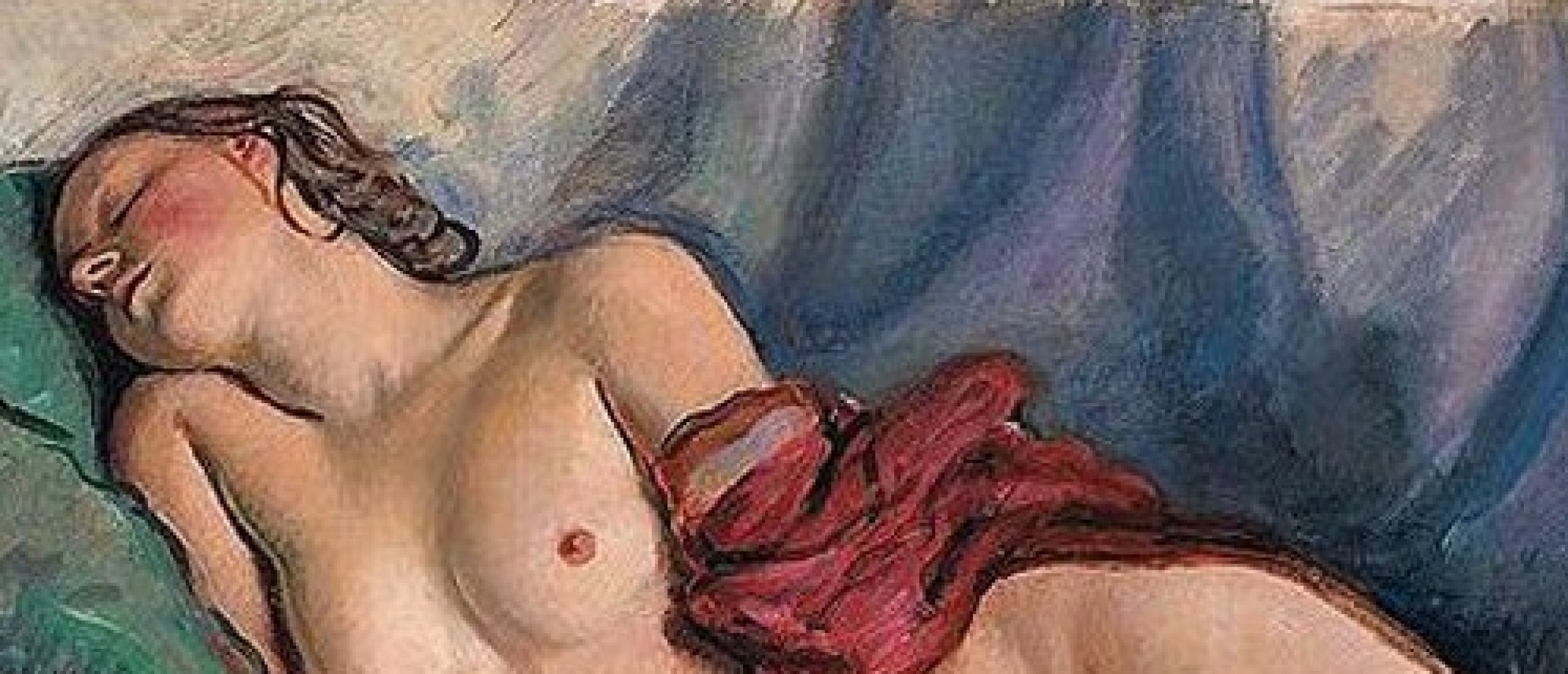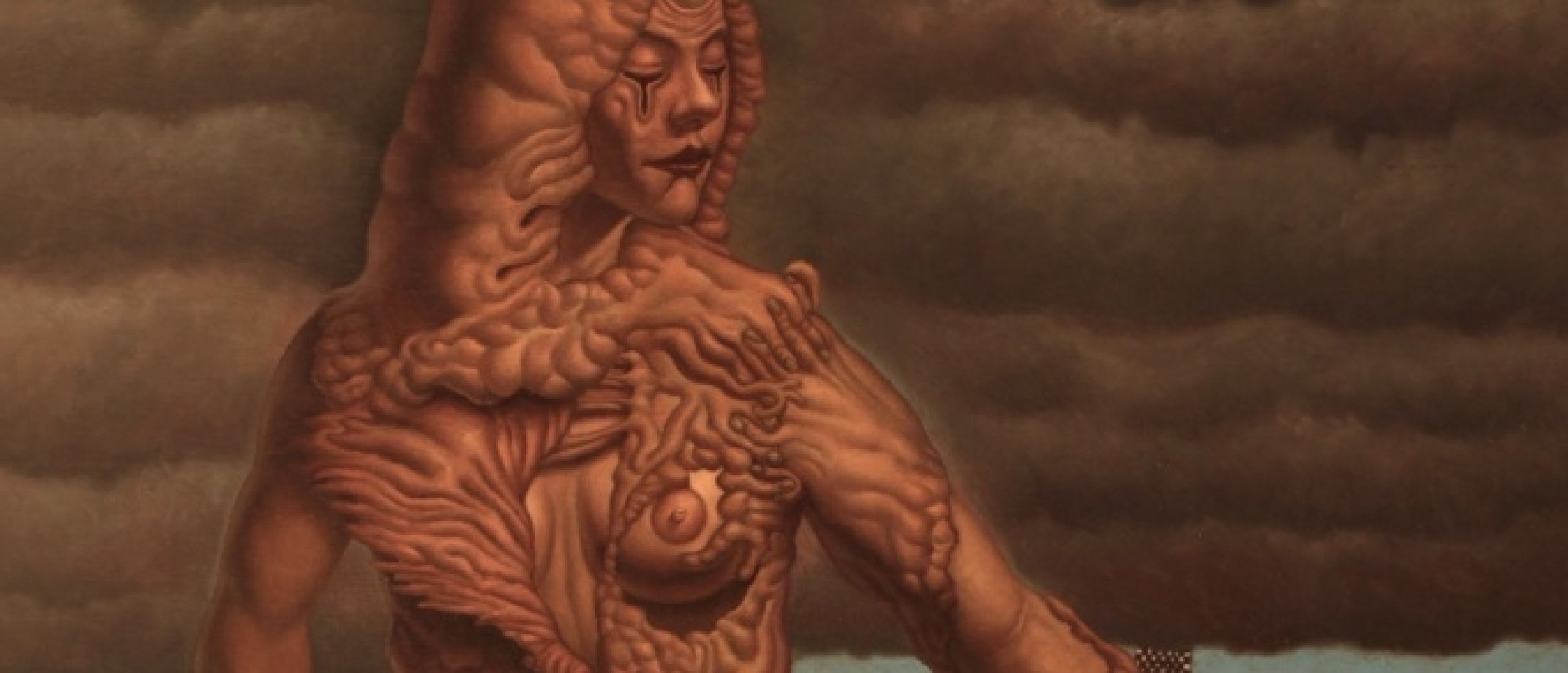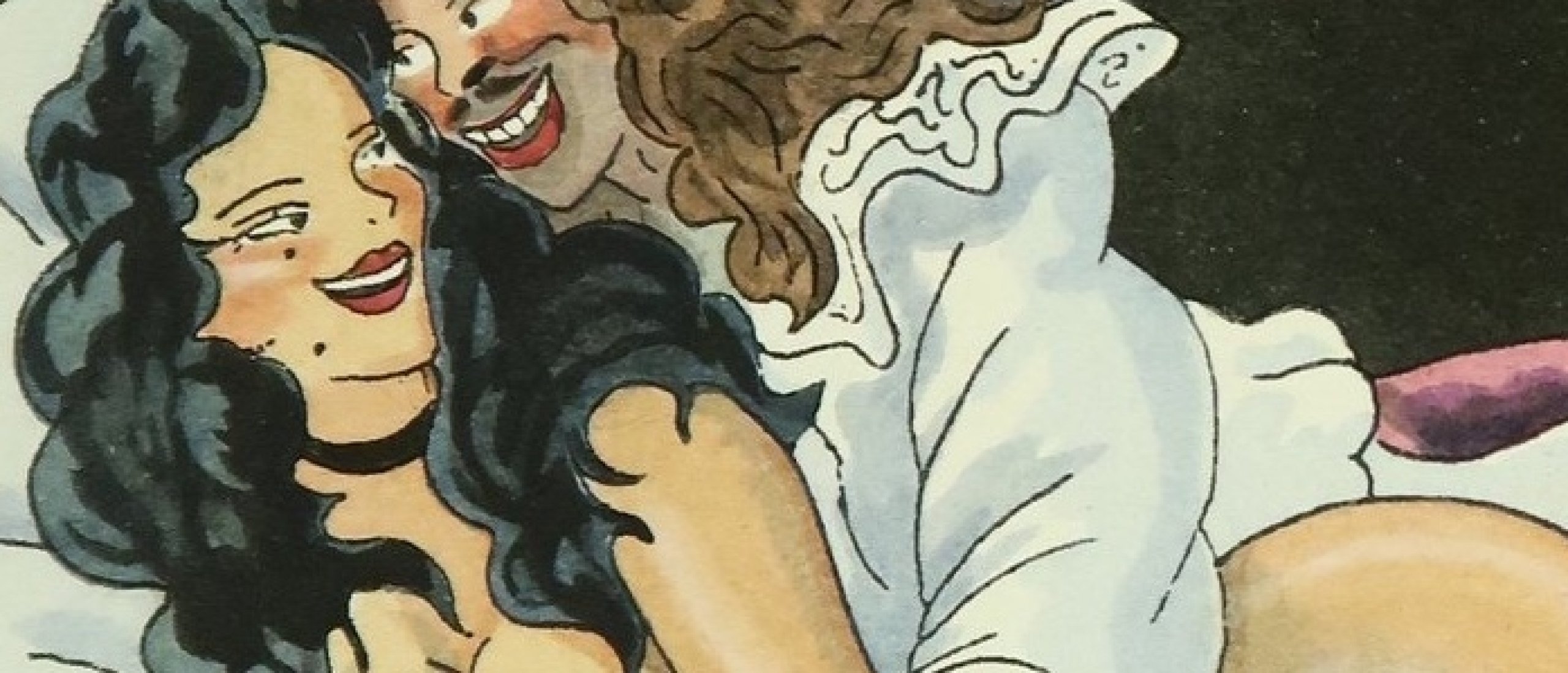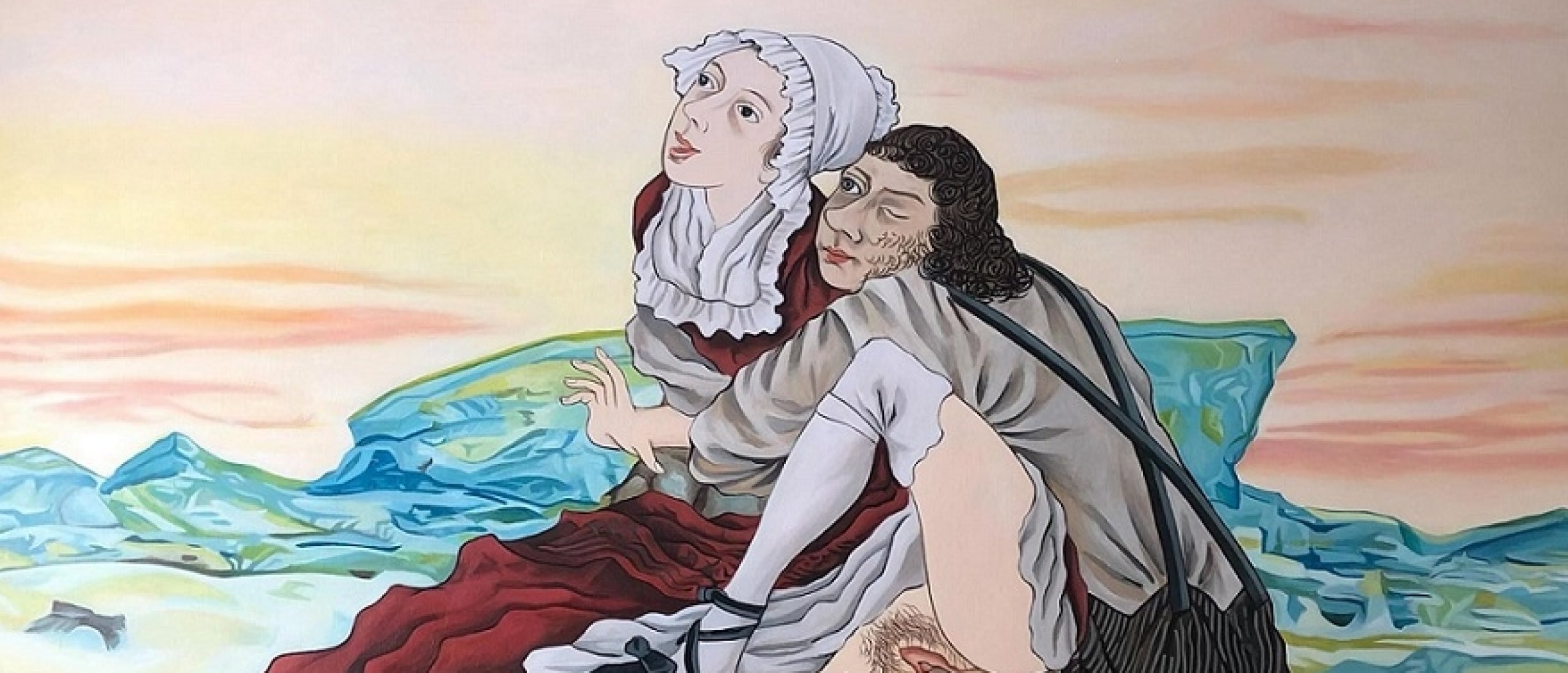
Almost a year ago, we stumbled across one shunga piece by this Japanese follower of Surrealism and didn't succeed in finding others. Fortunately, later, the missing pieces were uploaded to the Instagram account displaying his paintings, so now we can show some of the works and tell you a thing or two about the author whose special approach may eventually remind you of the Portuguese writer Fernando Pessoa.
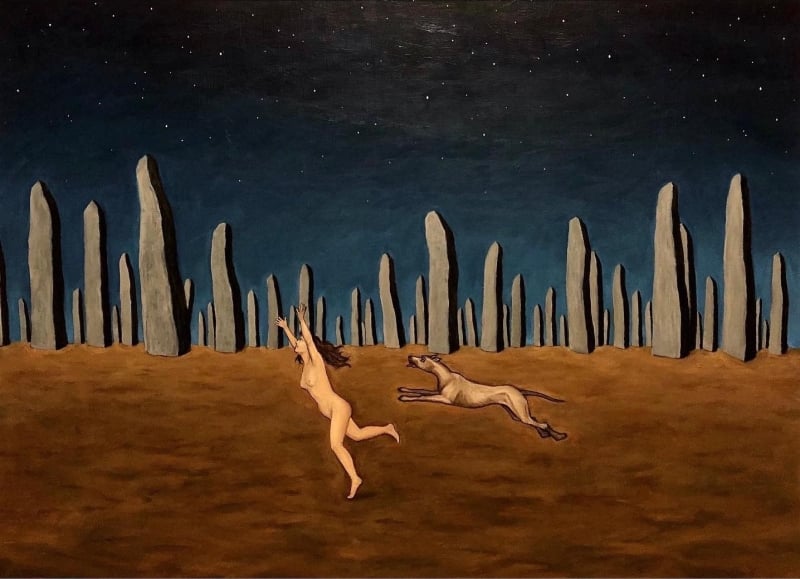
Fig. 1. Night, 72.7 cm×100 cm, acrylic on canvas (Instagram.com)
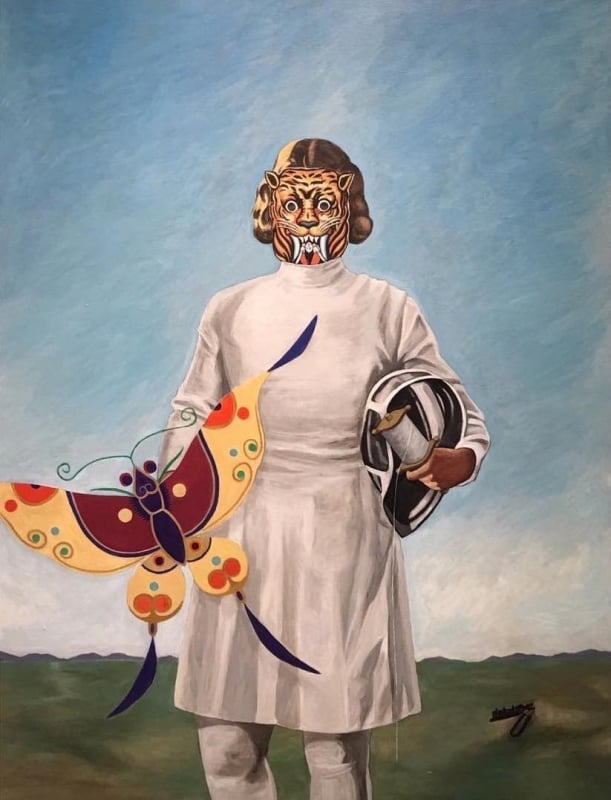
Fig. 2. Knight, 145.5 cm×112 cm, acrylic on canvas (Instagram.com)
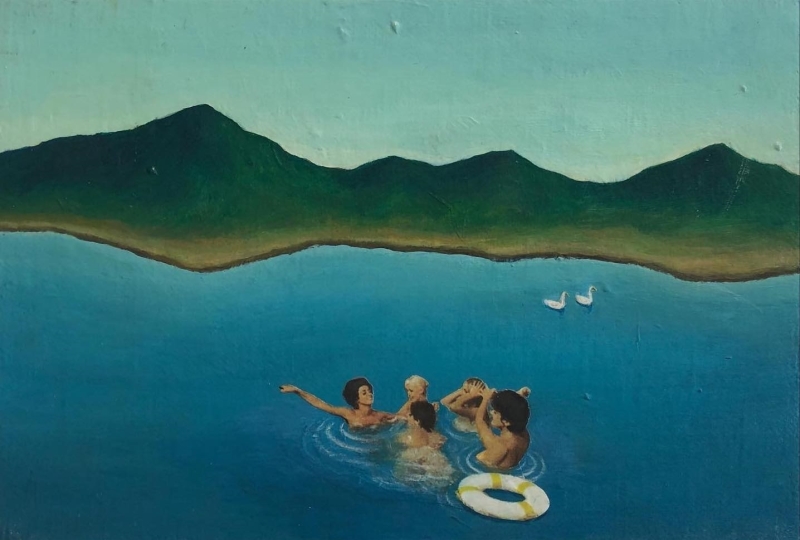
Fig. 3. Bathing, 15.8 cm×22.7 cm, acrylic on canvas collage (Instagram.com)
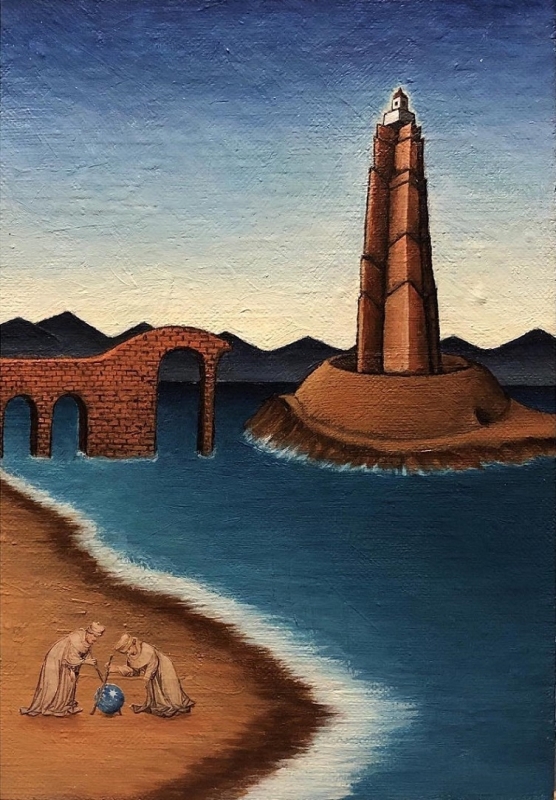
Fig. 4. Philosopher, 22.7cm×15.8cm, acrylic on canvas collage (Instagram.com)
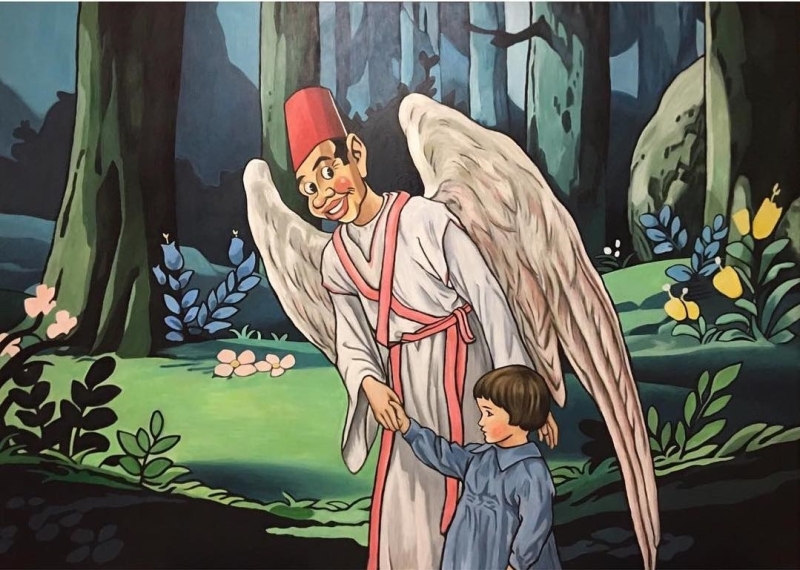
Fig. 5. Temptation, 162cm×227.3cm, acrylic on canvas (Instagram.com)
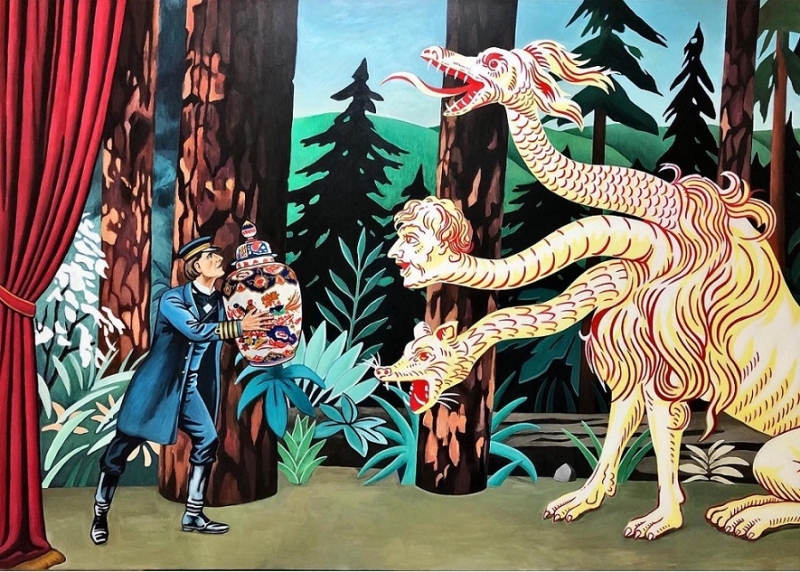
Fig. 6. Present ,162cm×227.3cm, acrylic on canvas. Commentary: A man in a military uniform is presenting a three-necked monster with a lid that looks flashy and very expensive. The expression of the human face of the three necks seems to be favorable, whereas the expression of the dragon and the wolf appears to be threatening by showing the fangs. Also, as you can guess from the curtain drawn on the left and the screen in the background, it’s a theatrical play. The meaning of the dragon head is “authority”, the human head “vanity”, and the wolf head is “cunning”. Thus, the monster symbolizes human vices (Instagram.com).
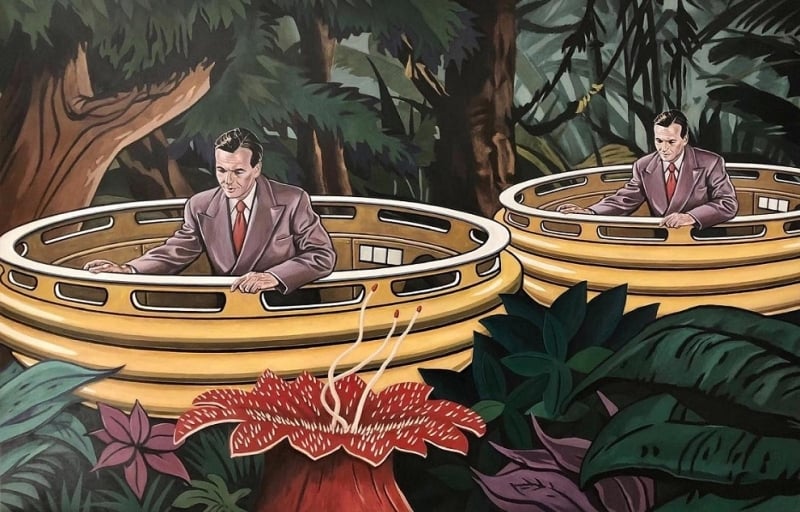
Fig. 7. Research, 162cm×227.3cm, acrylic on canvas. Commentary: Two people are riding a circular hovercraft through a dense jungle. They look identical and somewhat like clockwork dolls. The work seems to foresee the social distancing scene we see today during the COVID-19 pandemic.
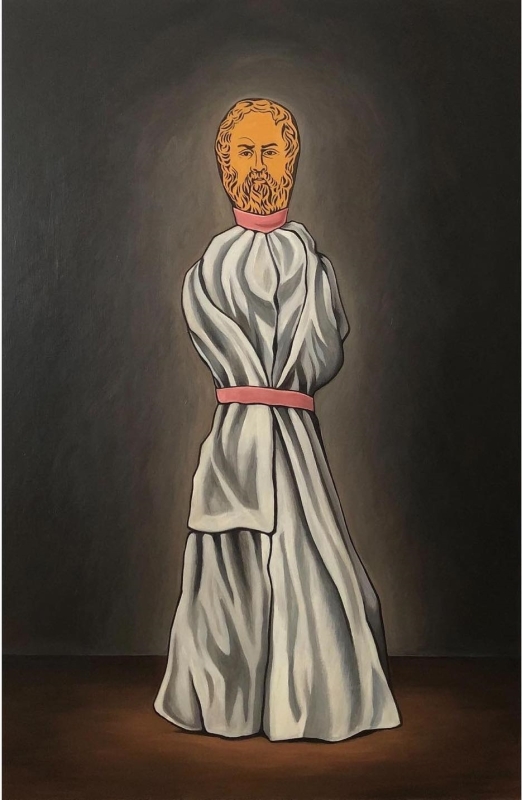
Fig. 8. Bound Socrates, size 100 cm×65.2cm, acrylic on canvas. Commentary: A wooden doll with a painted face of Socrates is bound with cloth. Apparently, it’s the irony against avant-garde art, which places great importance on a philosophical approach (Instagram.com).
The Unknown Student
Eboshi Yuasa was born in 1924 when Surrealism conquered Europe. Nothing is known about his early years or inspirations. Probably, he manifested his extraordinary talent already as a kid, which explains why he became a student of such an acknowledged yoga master as Ichiro Fukuzawa (1898-1992), the establisher of Surrealism in Japan. Apparently, Yuasa's apprenticeship had started by the end of the 1930s, when his Western-oriented mentor found himself an opponent of the current nationalist regime and was eventually arrested in 1941 together with art critic Shuzo Takiguchi. Curiously, Yuasa's aspiration to become an artist was so strong that even his allergy to volatile oils such as turpentine didn't stop him. The painter had to cover his nose and mouth with cloth while working, as shown in some of his self-portraits.
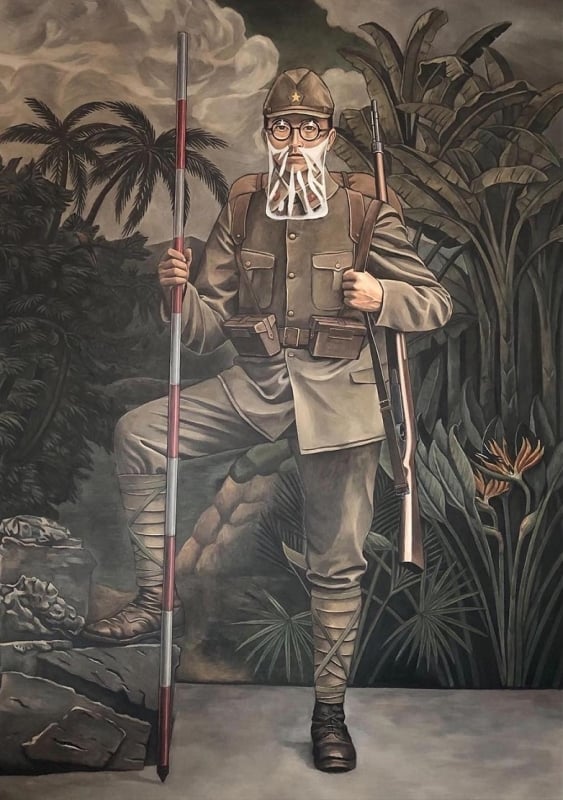
Fig. 9. Self-Portrait in Military Attire, 227.3 cm ×162 cm, acrylic on canvas (Instagram.com)
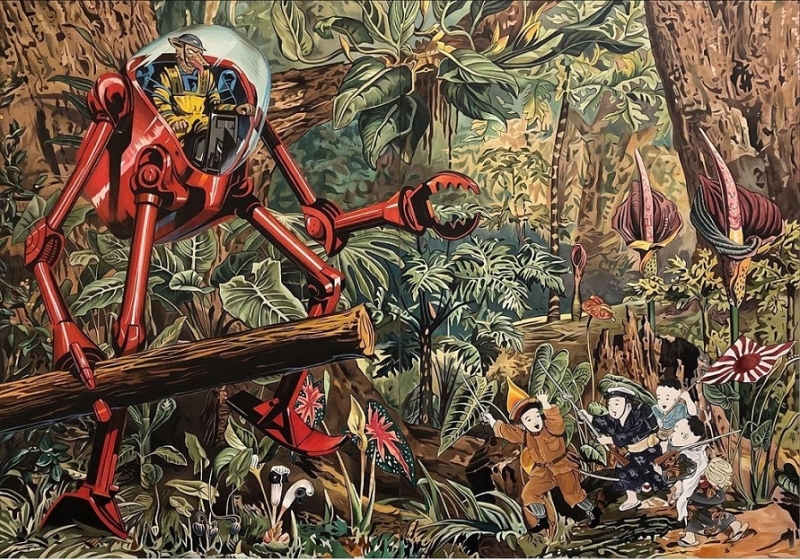
Fig. 10. Dream, 227.3 cm ×324 cm, acrylic on canvas (Instagram.com)
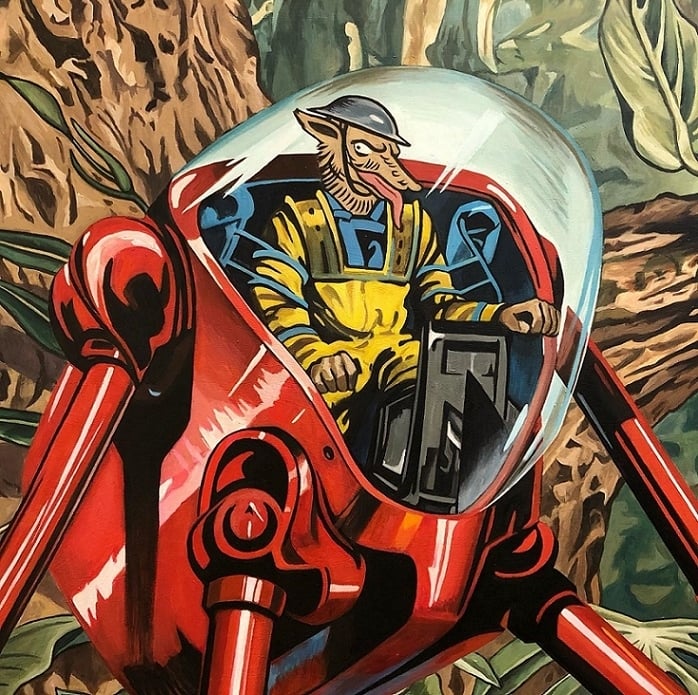
Fig. 10a. Dream, detail (Instagram.com)
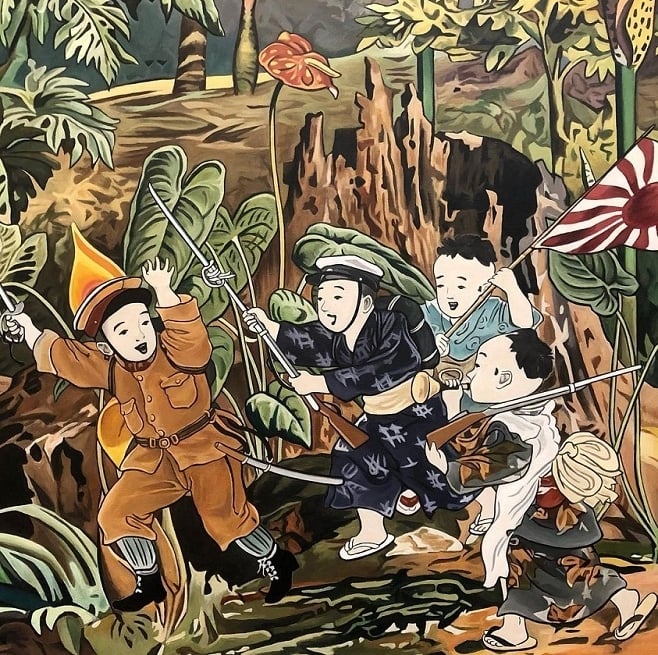
Fig. 10b. Dream, detail (Instagram.com)
The Pacific War in Disneyland
While his teacher had anti-imperial political views, Yuasa seemingly supported the official course. Ineligible for military service, the artist once depicted himself as a soldier. Another painting, Dream, which looks like an amusing illustration of children's literature, in fact, demonstrates Yuasa's response to the defeat of Japan in the Pacific War, showing America as a cartoon villainous dog that manipulates the giant robot and Japan as four almost weaponless kids, whose leader wearing a military uniform is Yuasa himself. Another possible interpretation is less politicized: in the picture, Yuasa could show his actual childhood games mixed with fantasy.

Fig. 11. The Collapse of the United States (1943), Kikuji Yamashita (twitter.com)

Fig. 12. Self-Portrait Within A Painting, size 41cm×31.8cm acrylic on canvas (Instagram.com)
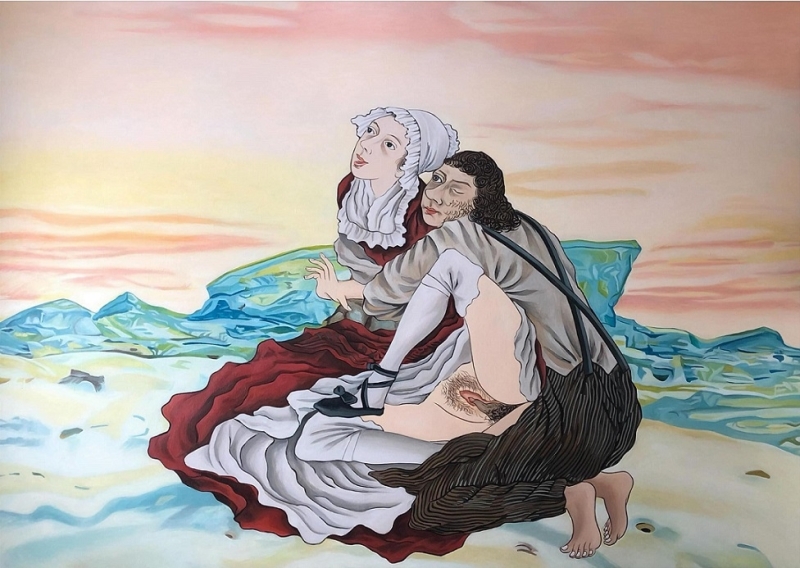
Fig.13. At the Edge, Yuasa Eboshi
Read the complete article in Premium and discover more about Yuasa's influences, his shunga-inspired series At the Edge, the artist's exploitation of Freudian motifs, numerous other images of his striking paintings including commentaries, the unveiling of the real Yuasa Eboshi and much more.
Click HERE for the secret liaisons of the Dutch VOC head and other strangers by Kawahara Keiga
Sources: instagram.com/ebosi_yuasa/; gallery-inoue.com/tag/ebosi-yuasa/ ; twitter.com/ebosi_yuasa

